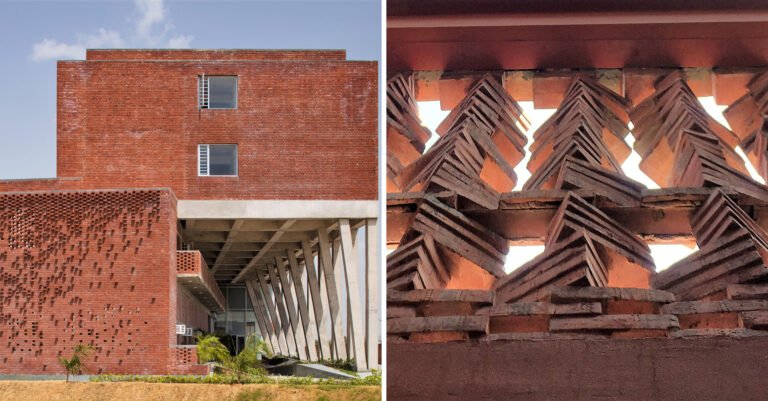Day by day digest: Saving Notre Dame (just about), London’s citywide congestion pricing, and extra
Good morning and welcome back to the top of another new week. Here’s what you need to know today.
You can soon save Notre Dame in a new VR firefighting game from Ubisoft
The real Notre Dame Cathedral caught fire and nearly burned to the ground on April 15, 2019, but if you (for some reason) want to relive that day from inside the building, game developer Ubisoft has you covered.
While the spire and roof collapsed and many of the historic stained-glass windows exploded, the entire building was saved from destruction by the thick stone walls (which, although possibly unsound, were later stabilized). Firefighters on the scene worked to both save religious relics and the building itself, and now you, the average reader who is (likely) not a French firefighter, can relive the experience this March. That’s when director Jean-Jacques Annaud’s IMAX docudrama, Notre-Dame on Fire will be released. The hour-long movie will follow the team who went into Notre Dame in April and battled the flames, and Ubisoft is releasing an accompanying game of the same name alongside the film.
In the game version, which will release worldwide when the movie premieres and run about the same length of time, players will battle the fire inside the cathedral in virtual reality and team up with other players to save artifacts—and hopefully the building itself. Think of it as one-half escape room, one-half historical event simulator.
H/t to IGN
London could soon implement citywide congestion pricing
While New York City’s congestion pricing plan is slowly inching towards implementation one budget proposal and environmental review at a time, Londoners could potentially be charged for every car trip come 2024.
On January 18, London Mayor Sadiq Khan announced that, as part of the city’s plan to achieve net-zero carbon emissions by 2030, car trips would have to be reduced in London by at least 27 percent by 2030. With more than a third of all car trips today within 25 minutes of walking distance, and two-thirds achievable by bike in only 20 minutes, the city is weighing whether to impose a fee for all vehicle trips except for “the cleanest vehicles.” Other options on the table are to impose a charge on non-London registered vehicles entering the Greater London area and/or extend the current Ultra Low Emission Zone across all of London to keep out the heaviest polluters.
The Mayor’s office will now consult the public, businesses, and local governments for feedback and implement their final plan by May of 2024.
H/t to Fastcompany
Intel will open a $20 billion silicon fab near Columbus, Ohio
Silicon shortages driven by increased demand and COVID supply chain disruptions are still ongoing and aren’t projected to abate any time soon. So it makes sense that Intel would start building up its U.S. production presence, and now the chipmaker has announced a $20 billion fabrication campus slated for New Albany, Ohio, just outside of Columbus. The 1,000-acre site will hold two factories to start and employ up to 3,000, but Intel has stated it could expand out to 2,000 acres total and build up to eight fabrication plants.
H/t to The Verge
Las Vegas builds a digital twin of downtown to help curb emissions
Las Vegas has built out a 2.7-square-mile portion of the city’s downtown as a digital twin to help building owners get to net-zero carbon emissions. Built by urban digital twin platform Cityzenith and Las Vegas-based data collection and Internet of Things company Terbine, the model will allow the city and developers to accurately measure energy and water consumption, emissions, sunlight, air quality, and a host of other environmental factors. With that data measured, steps can be taken to optimize not only each individual building but also the area as a collective whole.
H/t to Archinect
Buro Happold pledges to eliminate embodied carbon in its projects by 2050
Speaking of emissions, multinational engineering giant Buro Happold has signed on to the SE 2050 Commitment, a pact for structural engineers focused on reducing embodied carbon in signatories’ projects to zero by 2050. The program has 69 other firms on board, including Arup and SOM, and Buro Happold was already working to halve the embodied carbon in all of its projects by 2030. But, as Dezeen notes, architecture is lagging far behind the engineering world—none of the world’s 50 largest firms have agreed to similar net-zero by 2050 terms.
H/t to Dezeen
Lloyd’s of London could leave its purpose-built Richard Rogers tower
Lloyd’s of London is reportedly looking to move out of its purpose-built Rogers, Stirk, Harbour + Partners headquarters in the city that it was named for. The insurance giant is mulling whether to leave the 36-year-old tower in 2026 after the pandemic forced most of its employees to work remotely and the company reevaluated its need for office space. The only problem for future potential tenants? The inside-out tower, considered one of the late Richard Rogers’ early masterpieces, is a historic landmark that would be difficult to reconfigure after Lloyd’s leaves.
H/t to The Real Deal



